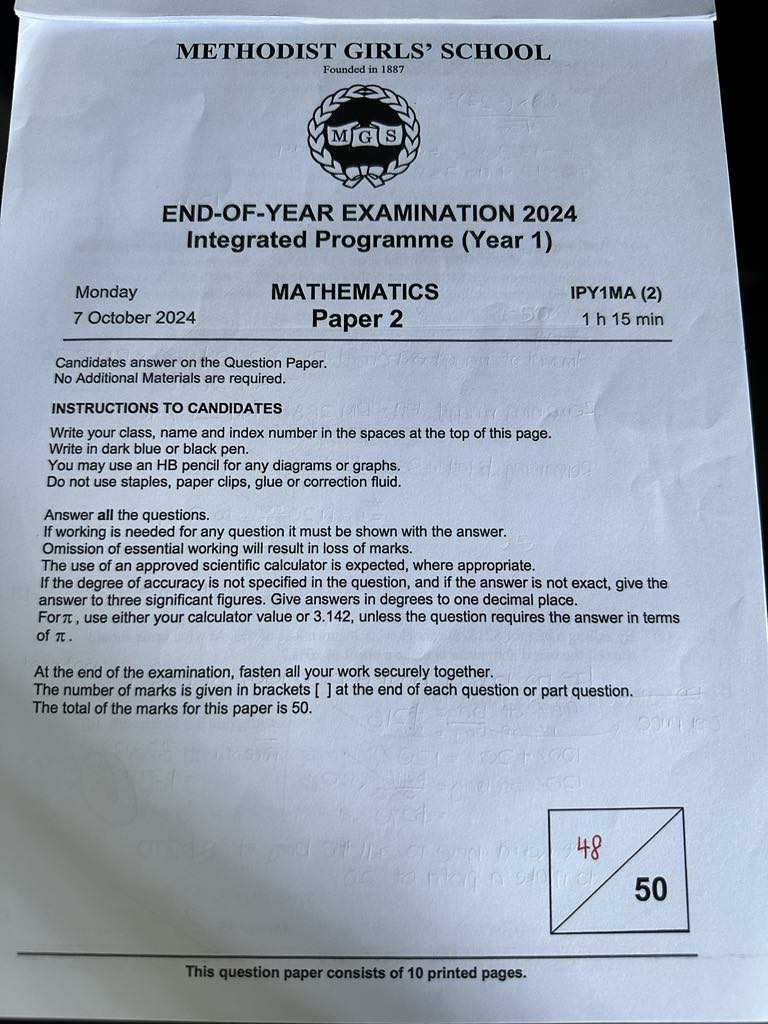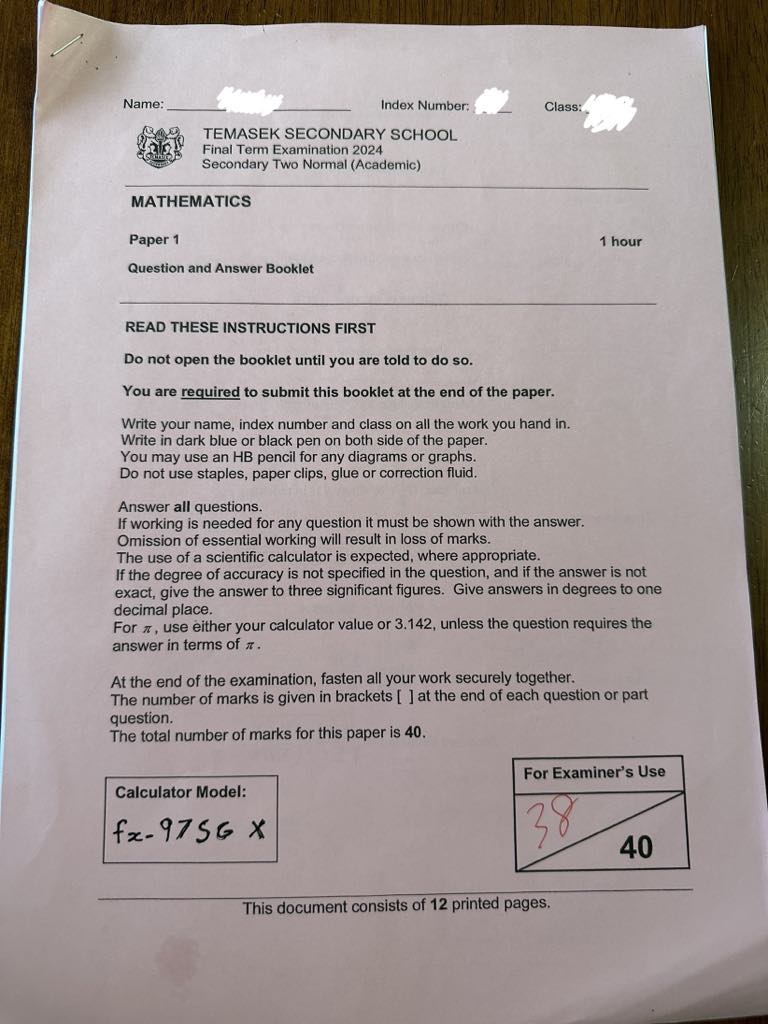The reasons can be divided into three general aspects.
I. Domain Knowledge
The student has a lack of specific domain knowledge and skills, e.g. concepts, formulas, definitions, theorems, and algorithms. He/she has a weak foundation, possibly owing to insufficient scaffolding or significant gaps or misconceptions in the learning. Imagine one learns multiplication without learning addition, say by memorising the multiplication table through sole rote learning. The absent notion of multiplication being repeated addition restricts one from making deep and meaningful understanding about multiplication.
II. Heuristics and Metacognition
Metacognition is the self-awareness and self-regulation of one’s own thinking. The student faces difficulties managing his/her thought process and effectively apply strategies to tackle problems. For example, the student may not have a plan of attack for the problem or is not conscious of the stage(s) of the problem-solving process he/she is at. The student is not acquainted with the essential heuristics, such as drawing a diagram or looking for pattern, to make progress when stuck in a problem.
III. Affect and Beliefs
The student has inadequate beliefs and attitudes towards his/her own mathematical competence. The negative attitudes exert a strong influence on their unwillingness to invest effort to engage in a mathematical problem, especially investigation of a non-routine/unseen one. Scoring poorly for tests and examinations leads the student into a vicious cycle which reinforces the negativity and defeatism. Signs of these beliefs may appear as follows:
“I am just not a Math person.”
“I am not a smart student who can solve non-routine problems."
“I have not done this problem before and there is no point in trying it before the teacher goes through it. I will wait for the step-by-step solution.”
“There is no point in learning Mathematics; I won’t apply them in future.”
[1] Learning to solve non-routine mathematical problems, Elementary Education Online, 6(1), 50-61, 2007.

























